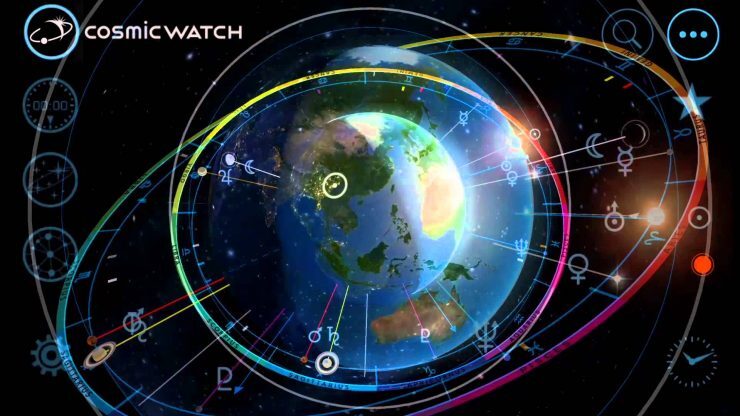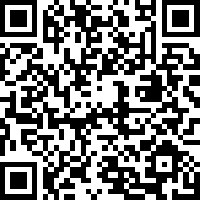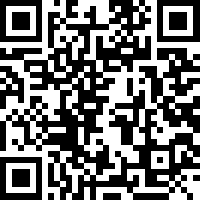As a general rule, time is just a metric for setting plans. Yet, another app intends to change how you see time, by moving beyond hours, minutes and seconds to uncover your position in the universe and relate that position to the movement of celestial bodies.
 The app named the Cosmic Watch, can let you know what the close planetary system resembled when you were born or set the scene for the coming solar eclipse.
The app named the Cosmic Watch, can let you know what the close planetary system resembled when you were born or set the scene for the coming solar eclipse.
The app gives a striking perspective of the universe to show how time mirrors our position in the solar system, said Markus Humbel, Co-founder of the app.
“Time has a more profound significance than what we commonly think,” Humbel told. It’s more than simply being late or on time, he said.
To get individuals keen on the more mind-boggling implications of time, Humbel chose to dive into the nuts and  bolts first. Alongside his colleagues, he acquired information on planet movements from NASA and different organizations with open-source data, and consolidated data on gravity, planet size and planets’ orbital paths into the Cosmic Watch.
bolts first. Alongside his colleagues, he acquired information on planet movements from NASA and different organizations with open-source data, and consolidated data on gravity, planet size and planets’ orbital paths into the Cosmic Watch.
Individuals have forgotten that time is connected with how Earth moves in the solar system, Humbel said. Furthermore, before researchers depended on ultraprecise atomic clocks, which decide the length of a second by measuring the regular vibration inside a cesium particle, they utilized cosmic clocks, which track planetary orbits.
“The Cosmic Watch is the first astronomical clock in this digital age,” Humbel said.
In any case, before the invention of mobiles and similar gadgets, people looked to the universe to organize their lives. Individuals would choose to plant seeds contingent upon solstices, or gatherings based on the position of the moon, Humbel said. Since 1967, the National Institute of Standards and Technology (NIST), part of the U.S. Department of Commerce, has characterized a second as the length of 9,192,631,770 motions of the microwave radiation consumed or discharged when a cesium particle moves between two energy states. Exact timekeeping keeps our modern world synchronized — electric power grids, GPS, and other technologies all depend on keeping up precise and composed time.
The Cosmic Watch works in three modes: “world clock mode” for timekeeping taking into account the atomic clock, “astronomy mode” to view constellations and planets in the sky, and “astrology mode” to see astral charts.
The astronomy mode calls attention to the planets close to you and uncovers how celestial bodies move over the sky. The astrology mode shows the planets with their antiquated images in the zodiac signs and permits the user to set a birth date and view a natal chart, which maps the planets and constellations, as they were the point at which the user was born. Science initially united astronomers and astrologers, Humbel said, and in spite of the fact that astrology is not genuine science, it has a profound significance for many individuals, he included. “I thought it would be a lovely perspective to include,” Humbel said.
The Cosmic Watch is available on the Google Play store and the Apple App Store for $3.99, and Humbel and his group are planning to introduce the Cosmic Watch to the Apple Watch as well. Humbel said he sees the Cosmic Watch as a potential educational tool for educators, guardians, and anybody curious about time. He plans to build up the educational aspects of the Cosmic Watch and launch a Kick-starter campaign to raise money for his group to streamline the app’s features.
Download free Cosmic Watch is available on the Google Play store and the Apple App Store









 United States
United States United Kingdom
United Kingdom India
India Canada
Canada Singapore
Singapore



































